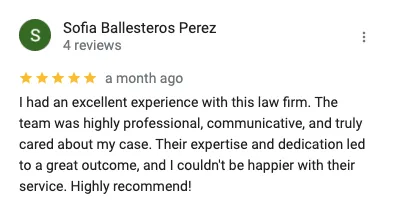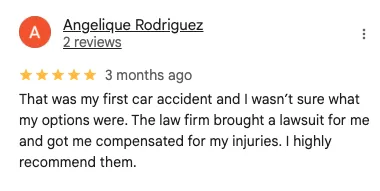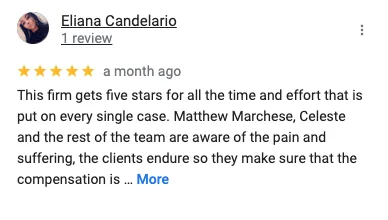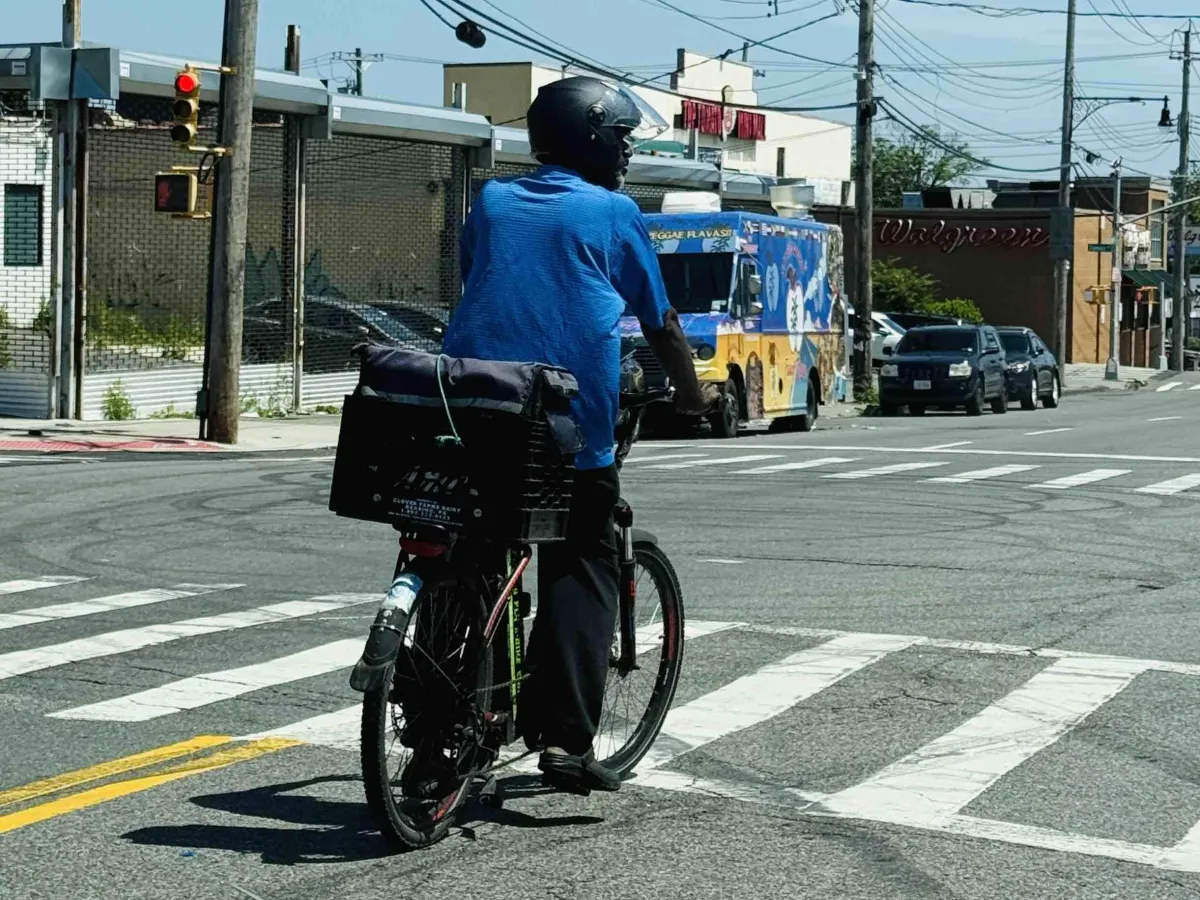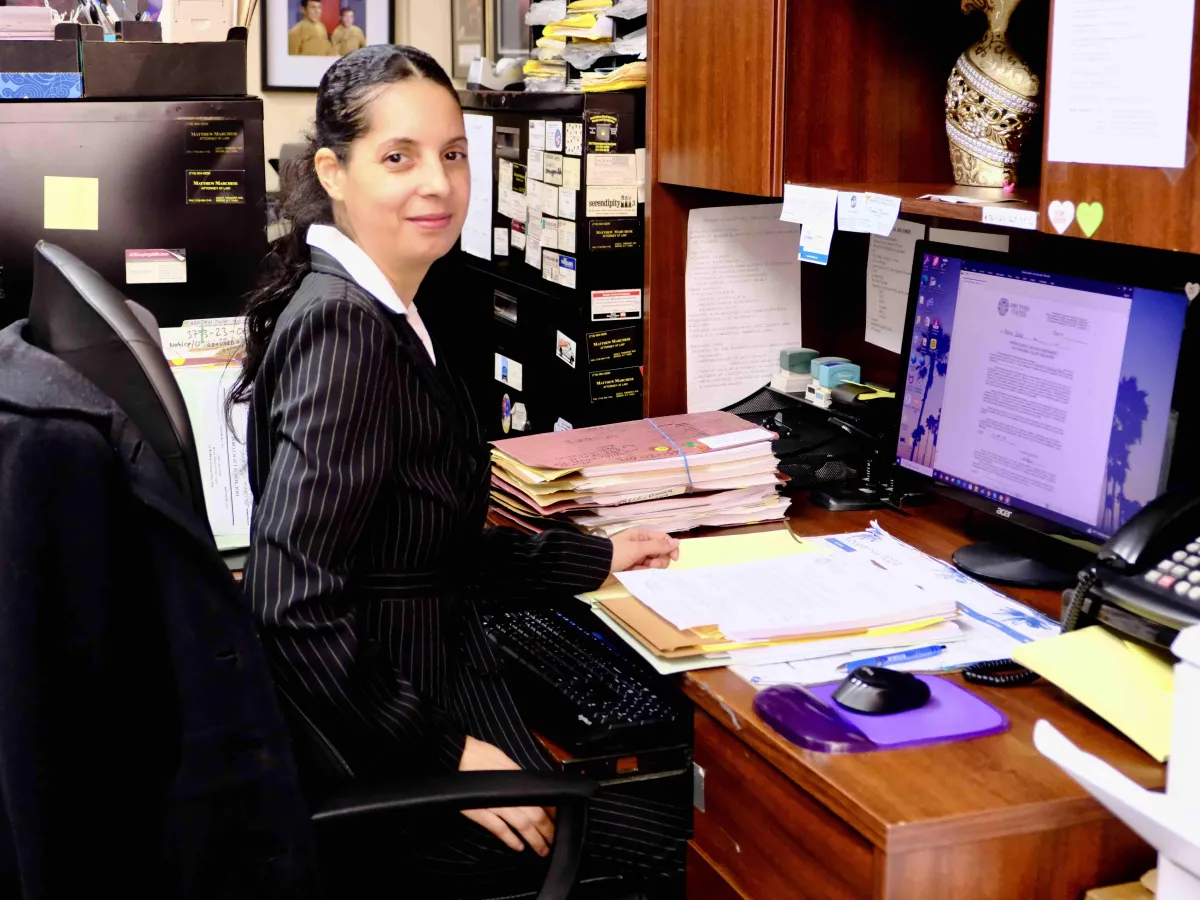✅ Step 1: Get the Plate Number — Even If You’re in Pain
Professional Insight:
Your entire claim hinges on identifying the vehicle that hit you. Without a plate, you may not be able to file a no-fault claim or personal injury lawsuit — unless you qualify under MVAIC (and even then, you’ll need a police report fast).
If the car fled, get even part of the plate. If you’re in pain, ask a bystander. Get:
Plate number (even 3–4 digits)
Make and model
Color
Any business logos or Uber/Lyft stickers
Time, location, and direction of travel
If the driver stays, take a photo of the plate and the front of the car — not just the side view.
Real-World Bronx Example:
A Bronx delivery worker is hit on 3rd Ave near 149th Street. The driver says, “You’re fine,” and leaves. The cyclist’s friend catches the last 4 digits of the plate and sees a white TLC sticker. That partial plate and description is enough to track the vehicle and confirm it was an active Uber. Without it, the claim would’ve defaulted to MVAIC — and possibly been denied.
✅ Step 2: Call the Police — and Stay for the Report
Professional Insight:
Even if you’re not severely injured, you need a formal MV-104 police report. Without it, insurers can claim there’s no proof the crash occurred — especially in bike cases, where there’s no vehicle damage or hospital visit.
Tell the officer:
That you were on a bike
Where and how you were hit
If you have any pain, say so (neck, shoulder, knee, etc.) — even if it seems minor
Ask for the report number before leaving, or use the NYPD precinct lookup to get it online later.
Real-World Bronx Example:
A woman biking through Pelham Bay is sideswiped by a speeding car. The driver apologizes, gives a name, and leaves. No cops called. She goes to urgent care the next day. When she files a claim, the insurer says: “There’s no crash report.” Her lawyer spends 4 weeks trying to verify the event. If she had called the police, the case would’ve started with a timestamped report.
✅ Step 3: Go to Urgent Care or a Doctor — Within 72 Hours
Professional Insight:
You do not need an ambulance or ER to have a case — but you must get medical attention within 3 days, or insurers will argue your injuries weren’t real or crash-related.
Urgent care is acceptable if:
The provider notes it was a motor vehicle accident
You explain the crash and mechanism of injury (e.g., “my head snapped back when I was hit”)
You ask for a referral to PT, imaging, or a specialist
Request a printed visit summary before you leave — and keep a photo of it.
Real-World Bronx Example:
A Bronx student is hit biking near Webster Ave, falls on his shoulder, but doesn’t go to the ER. Two days later he visits CityMD, gets ice and Advil. No follow-up. The insurer offers $1,000. Only after an MRI ordered by his physical therapist confirms a torn rotator cuff does the offer increase — but he loses weeks and leverage because of the delay.
✅ Step 4: Photograph the Scene, the Bike, and Yourself
Professional Insight:
In car crashes, insurers rely on vehicle damage. In bike crashes, they don’t believe anything unless they see:
Street conditions
Traffic signs or signals
Broken bike components
Scrapes on the helmet or pedals
Bruises, cuts, or brace use
Even if it’s 24 hours later, go back and photograph:
Where you were hit (intersection, bike lane, etc.)
Your damaged bike or bent wheel
Bruising, swelling, or limited movement
These photos become critical when adjusters say: “We have no evidence of trauma.”
Real-World Bronx Example:
A cyclist is hit near Gun Hill Road, walks away, and sees a doctor the next day. By then, her bike is already repaired. The insurer says there’s “no sign of impact.” She finds an old photo of her bent wheel and cracked phone screen from the scene. That one image repositions the case — from a “minor bump” to a legit trauma claim.
✅ Step 5: File a No-Fault Claim — Even if the Driver Was at Fault
Professional Insight:
No-fault (PIP) covers urgent care, imaging, PT, medication, and travel — even if:
You weren’t driving
You weren’t at fault
You weren’t in a vehicle
If you were hit by a car while biking, that driver’s insurance is responsible for your medical bills — but only if you file the claim within 30 days.
You’ll need:
Their insurance info (or plate number)
A copy of the police report
Completed NF-2 form
Your medical provider may help you with this — but don’t rely on them to do it correctly or on time.
Real-World Bronx Example:
A cyclist hit by a Jeep near Eastchester Road goes to urgent care and starts PT. The front desk files the claim — but sends it to the wrong insurer. 40 days later, the correct company receives it and denies payment for being late. His lawyer files a late justification letter and salvages the case — but the stress and delay could’ve been avoided with a clean submission early on.

